Communication Through the Structure
Keeping a balance between ultimate authority and responsibility and the active, day-to-day functioning of world services means there must be constant communication among all elements of the structure.
THE GROUP: The communication process starts with the group, which lets it group conscience - for or against change, approval or disapproval of a proposed action - be known to its elected general service representative (G.S.R).
THE DISTRICT: Groups are organized into districts, collections of groups located near one another.
THE AREA: The U.S./Canada Conference is divided into 93 areas, comprised of the necessary number of districts. At the area assembly, a delegate is elected to represent the area at the annual Conference meeting.
The upside-down triangle in Alcoholics Anonymous (AA) represents the service structure, where the individual, groups, and the whole organization are interconnected.
THE DELEGATE & THE CONFERENCE: At the annual Conference meeting, matters of importance to the Fellowship as a whole are first considered and discussed by one of the standing Conference committees, then brought to the full Conference in the form of committee recommendations. All Conference members then have the opportunity to ask questions and discuss the recommendations before they are voted on. Committee recommendations that are approved become Conference Advisory Actions and are referred to the trustees. Membership in the Conference consists of area delegates, trustees directors of A.A. World Services and the Grapevine, and A.A. staff members of the General Service Office and the Grapevine.
THE TRUSTEES: The General Service Board is made up of 21 trustees. It meets quarterly, and its actions are reported to the Fellowship through quarterly reports and also in the Final Conference Report.
All the above information can be found in The A.A. Service Manual Combined with Twelve Concepts for World Service by Bill W., p. S17.


